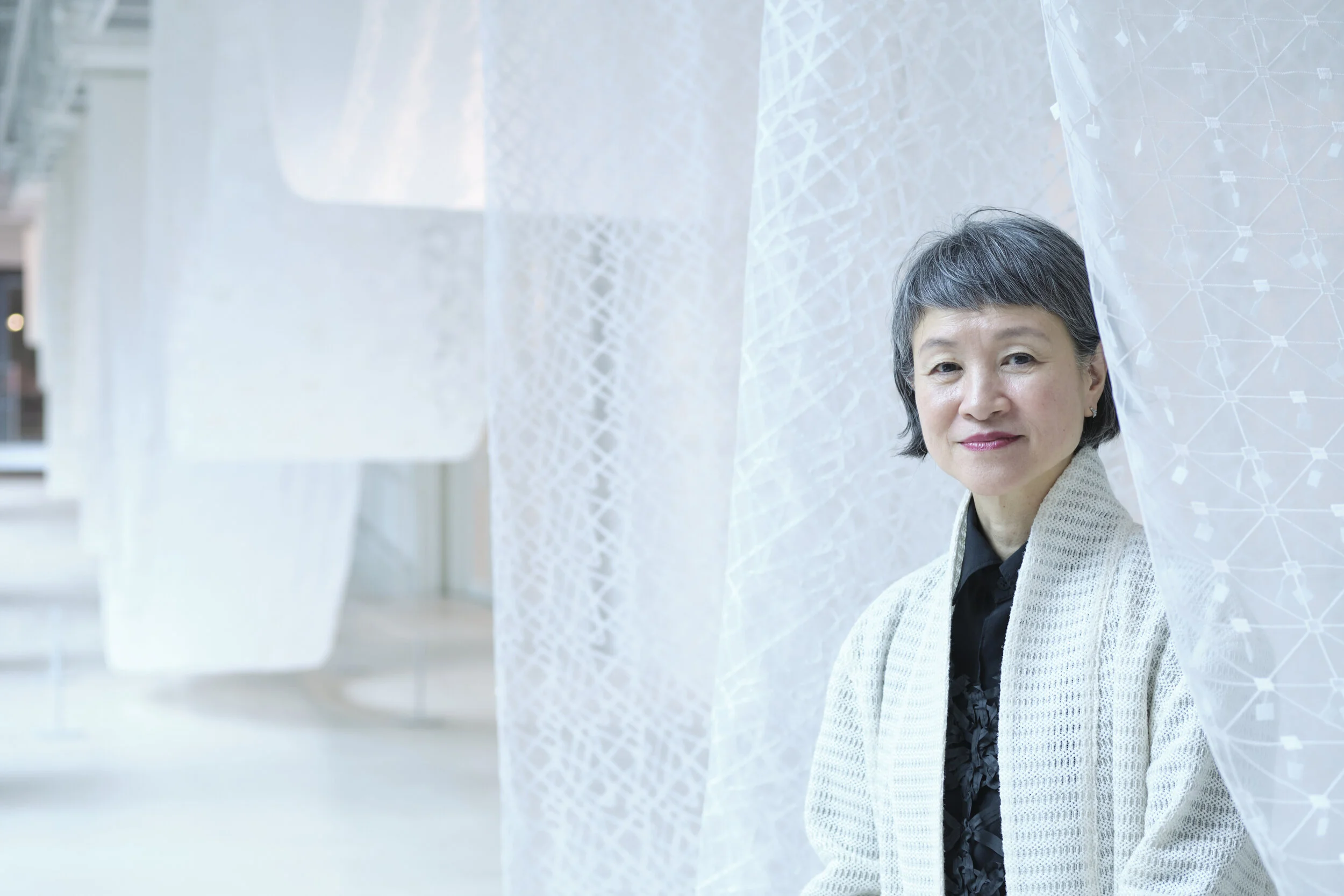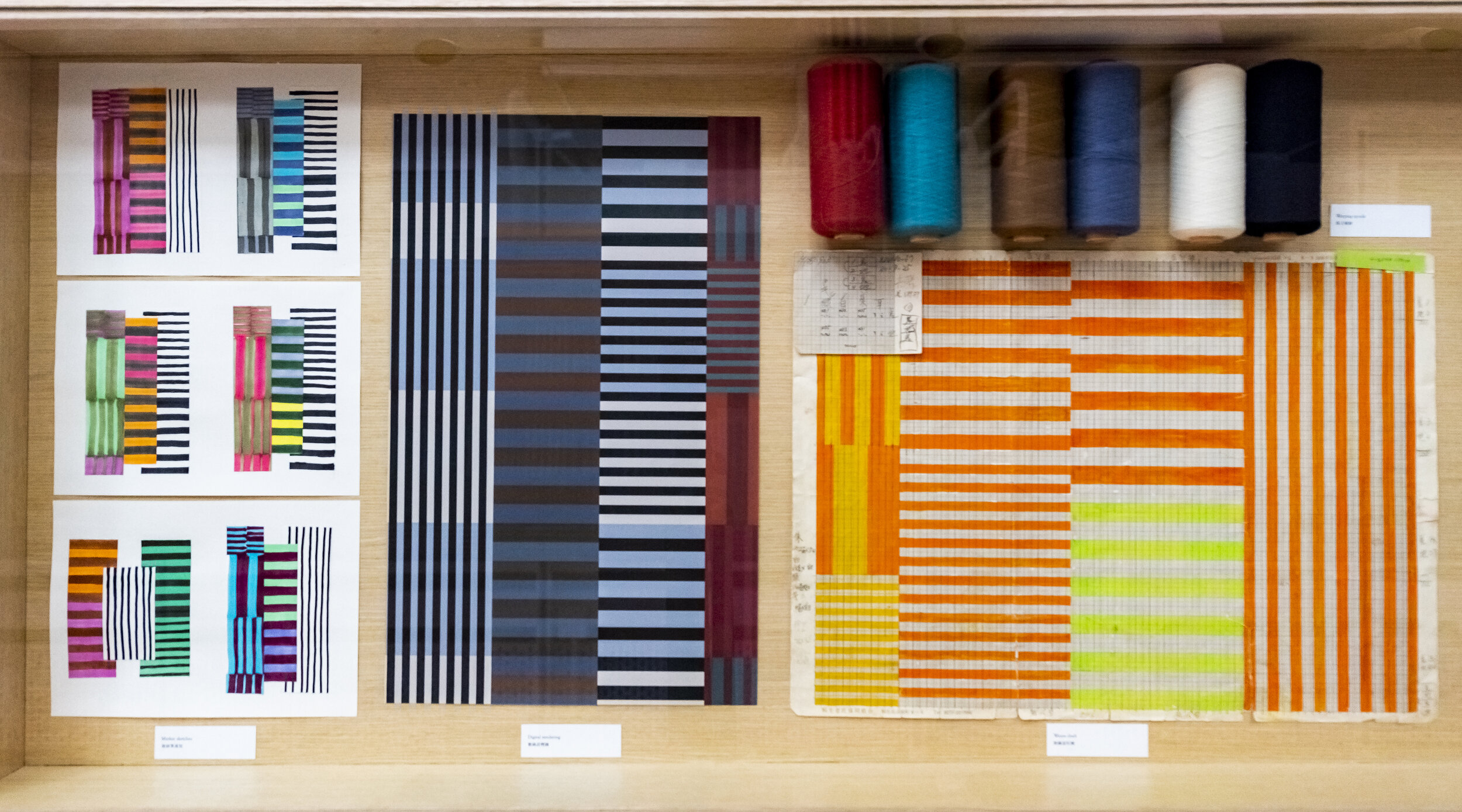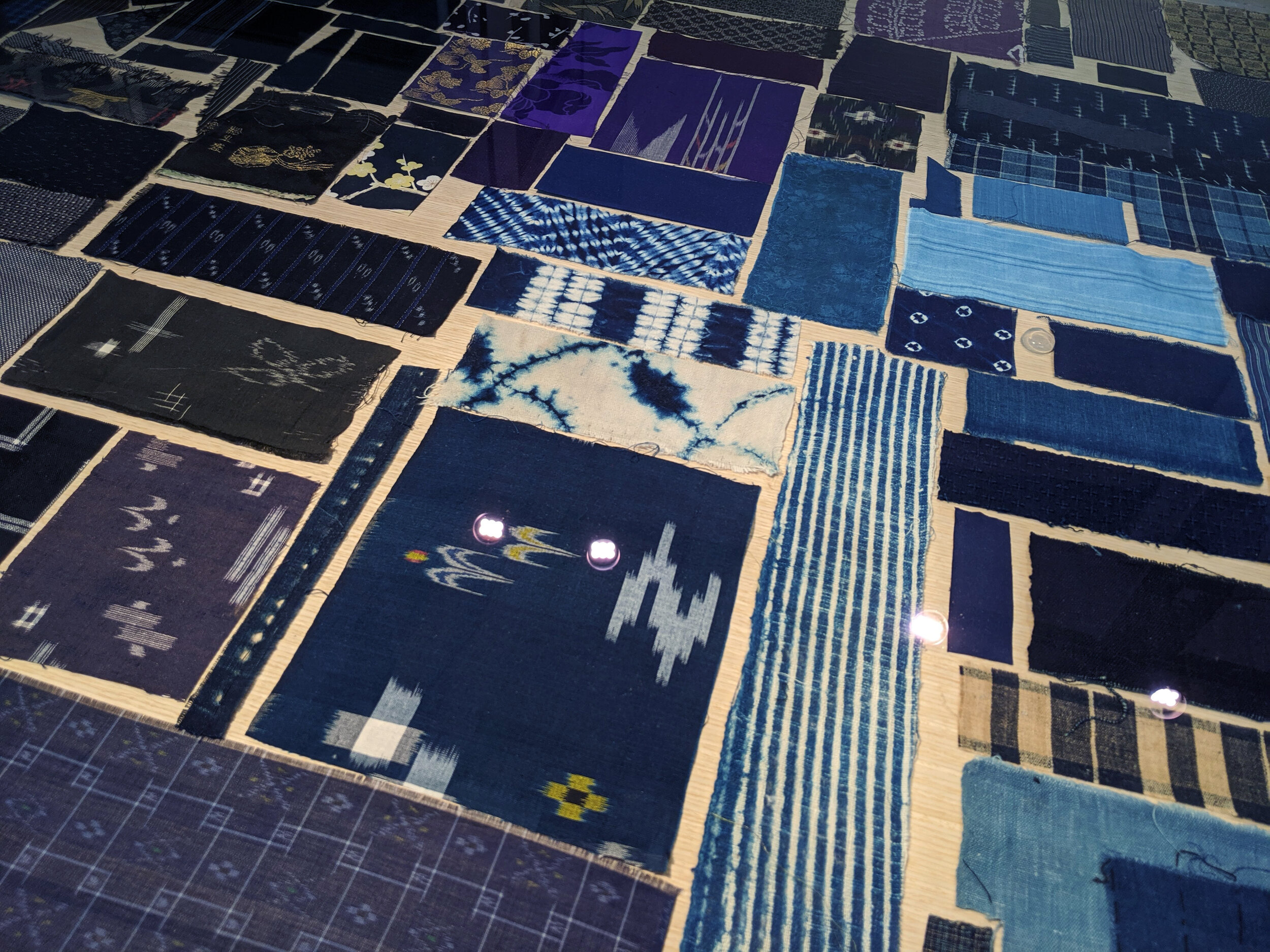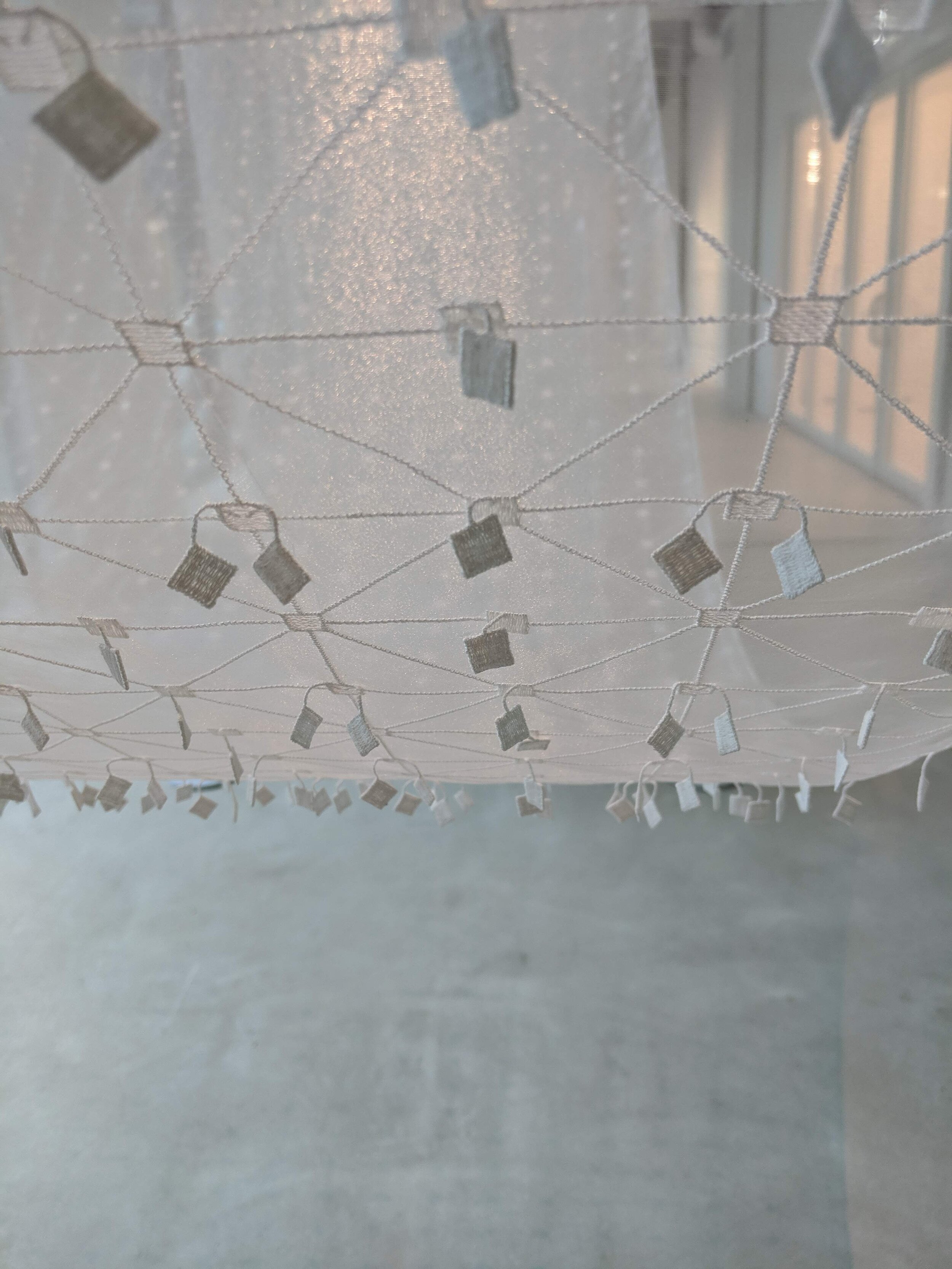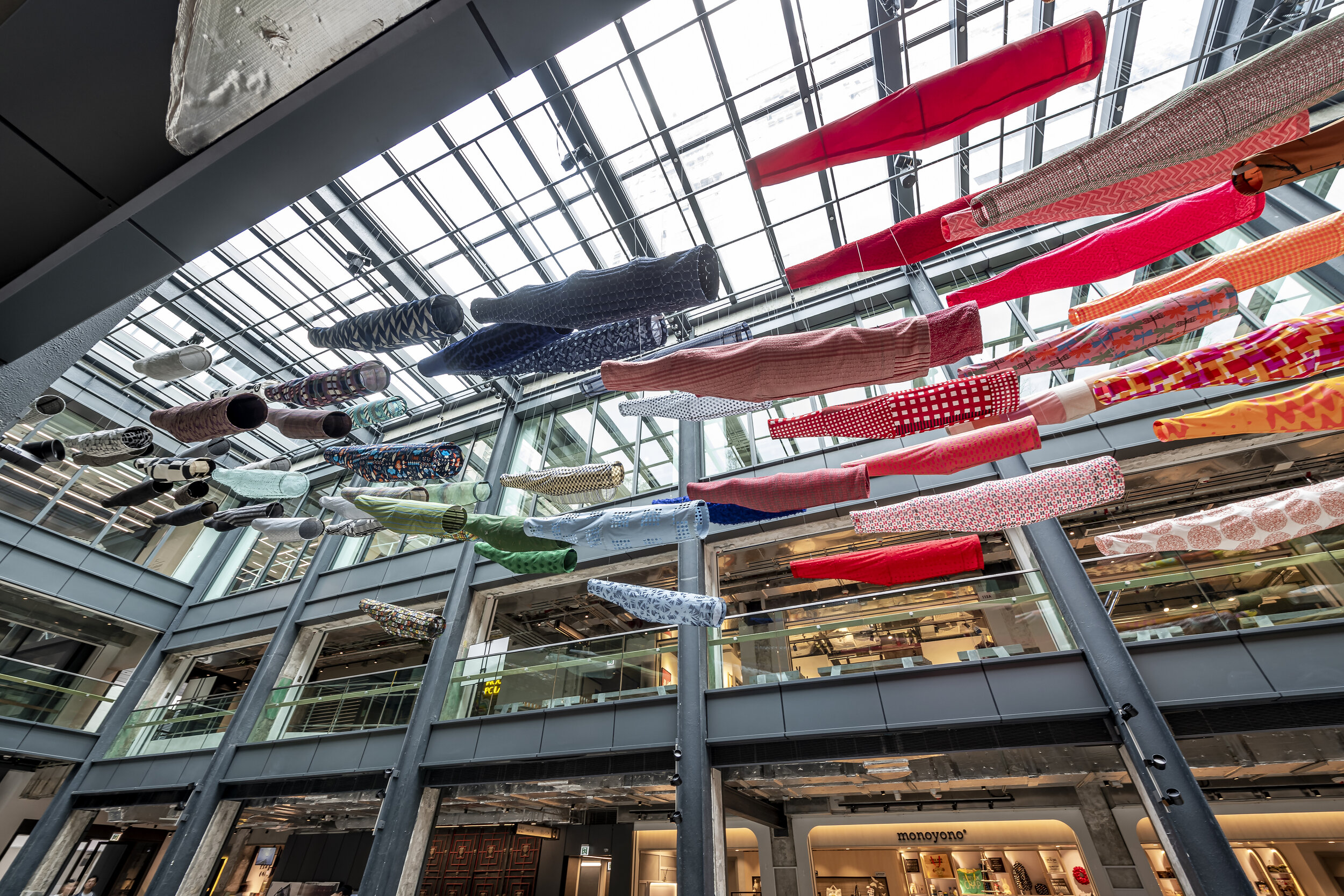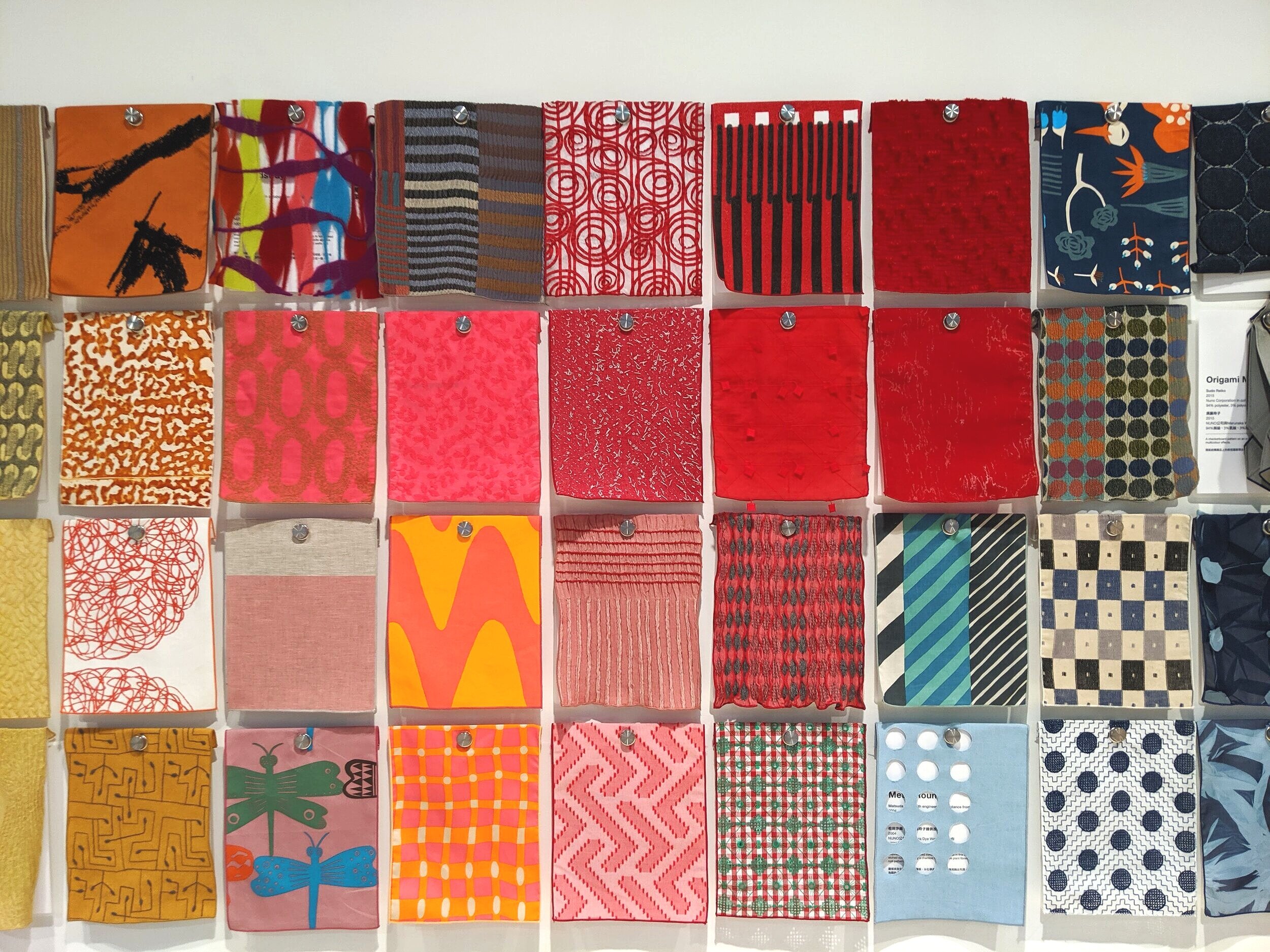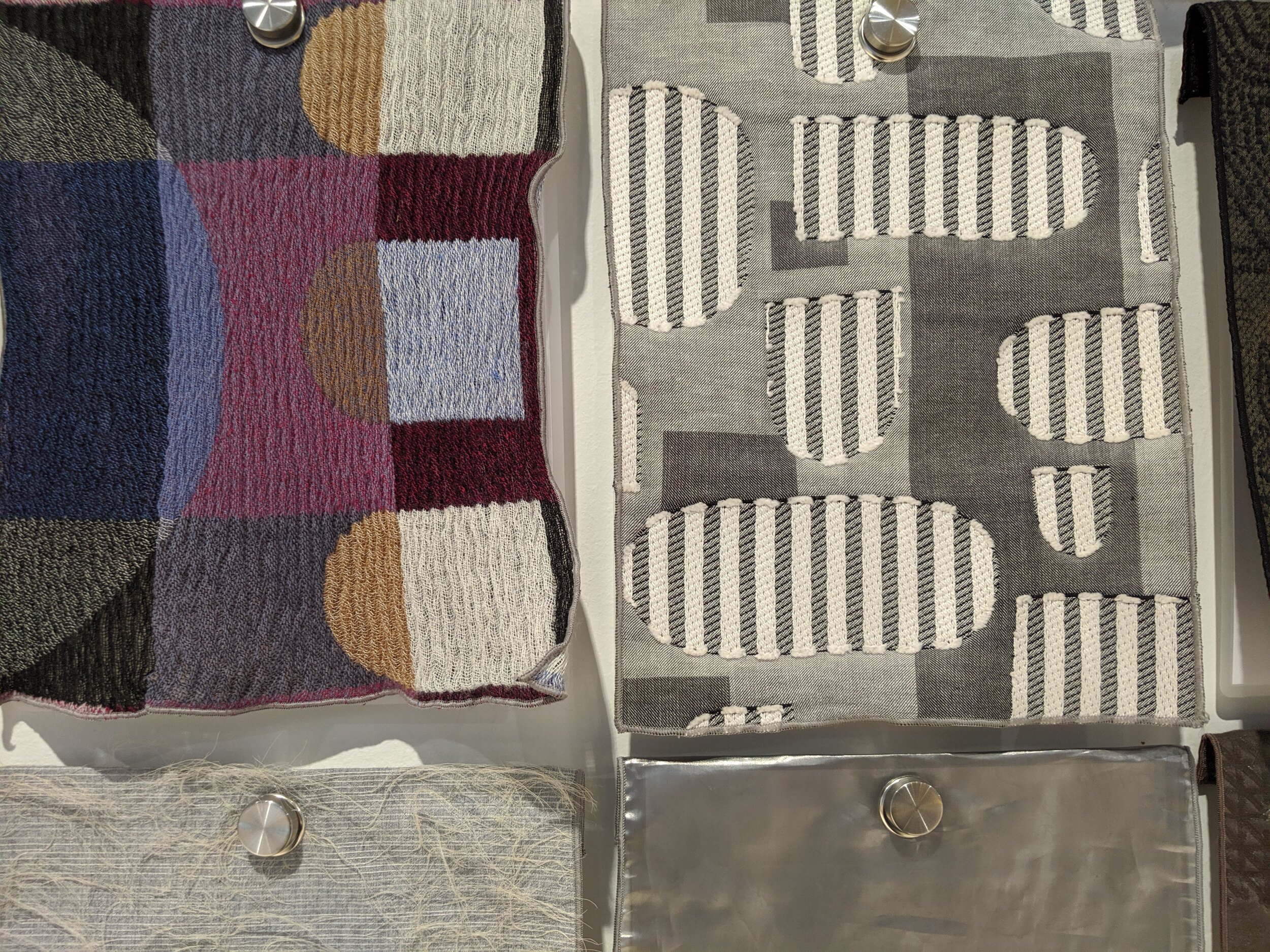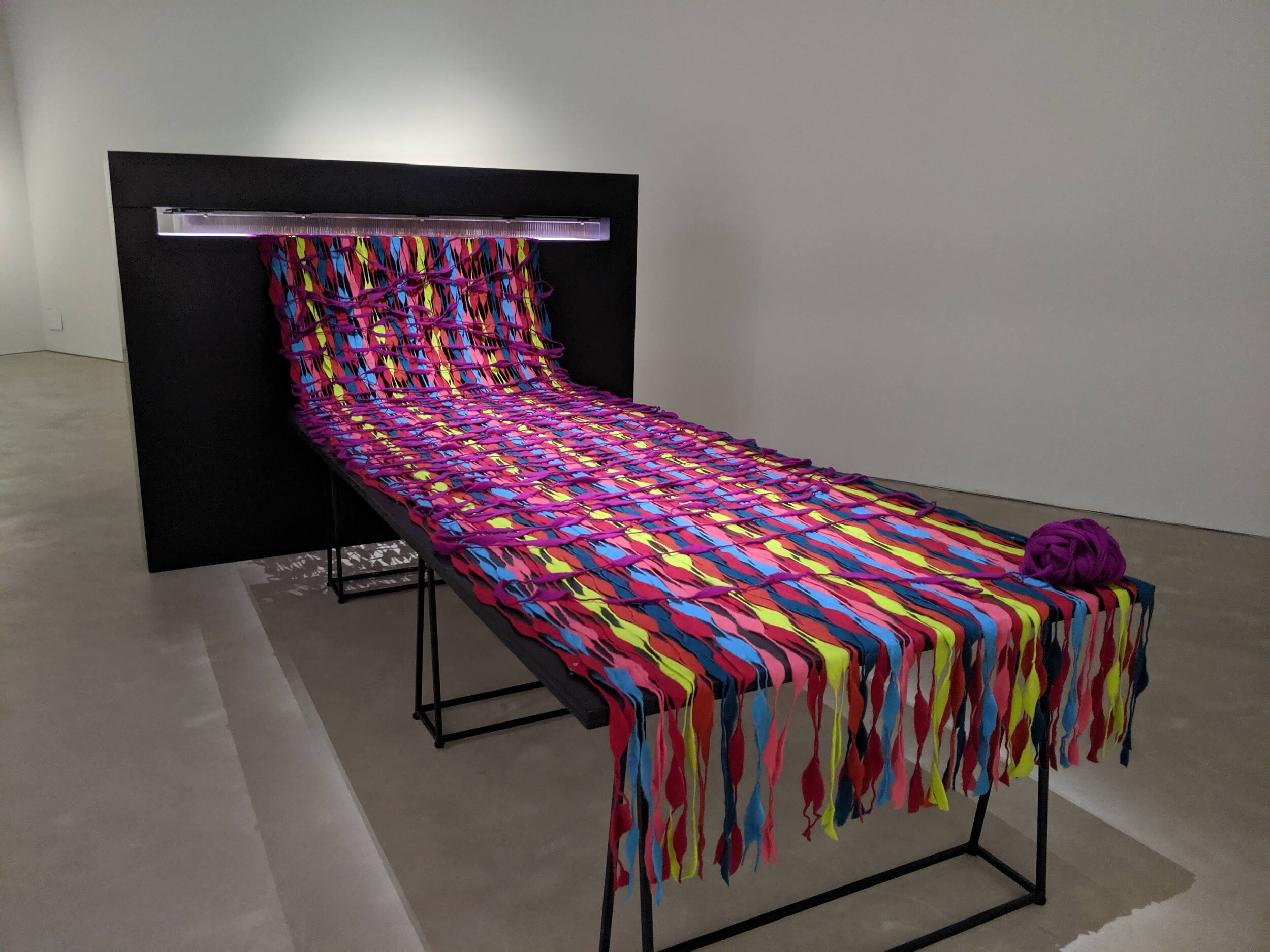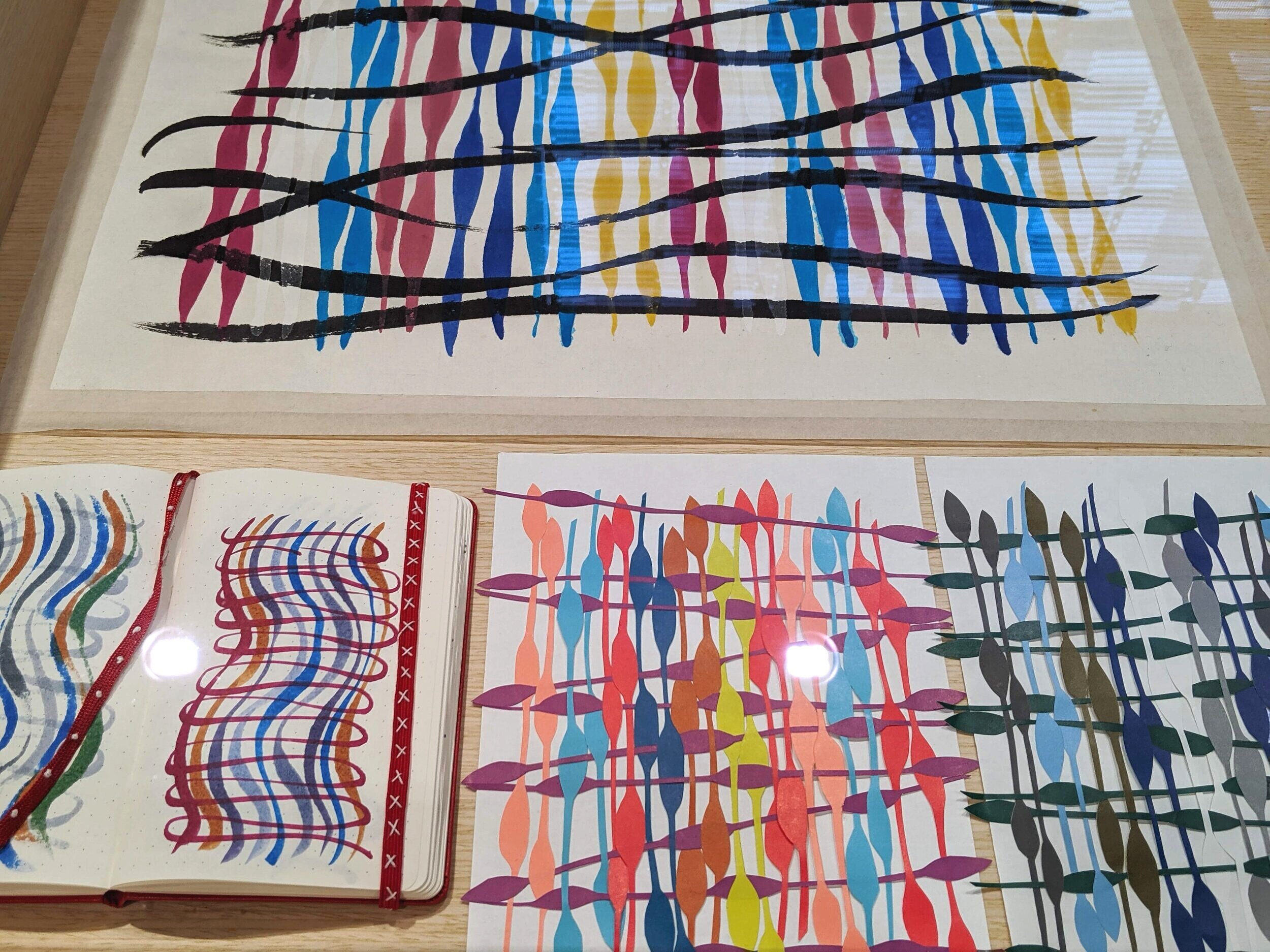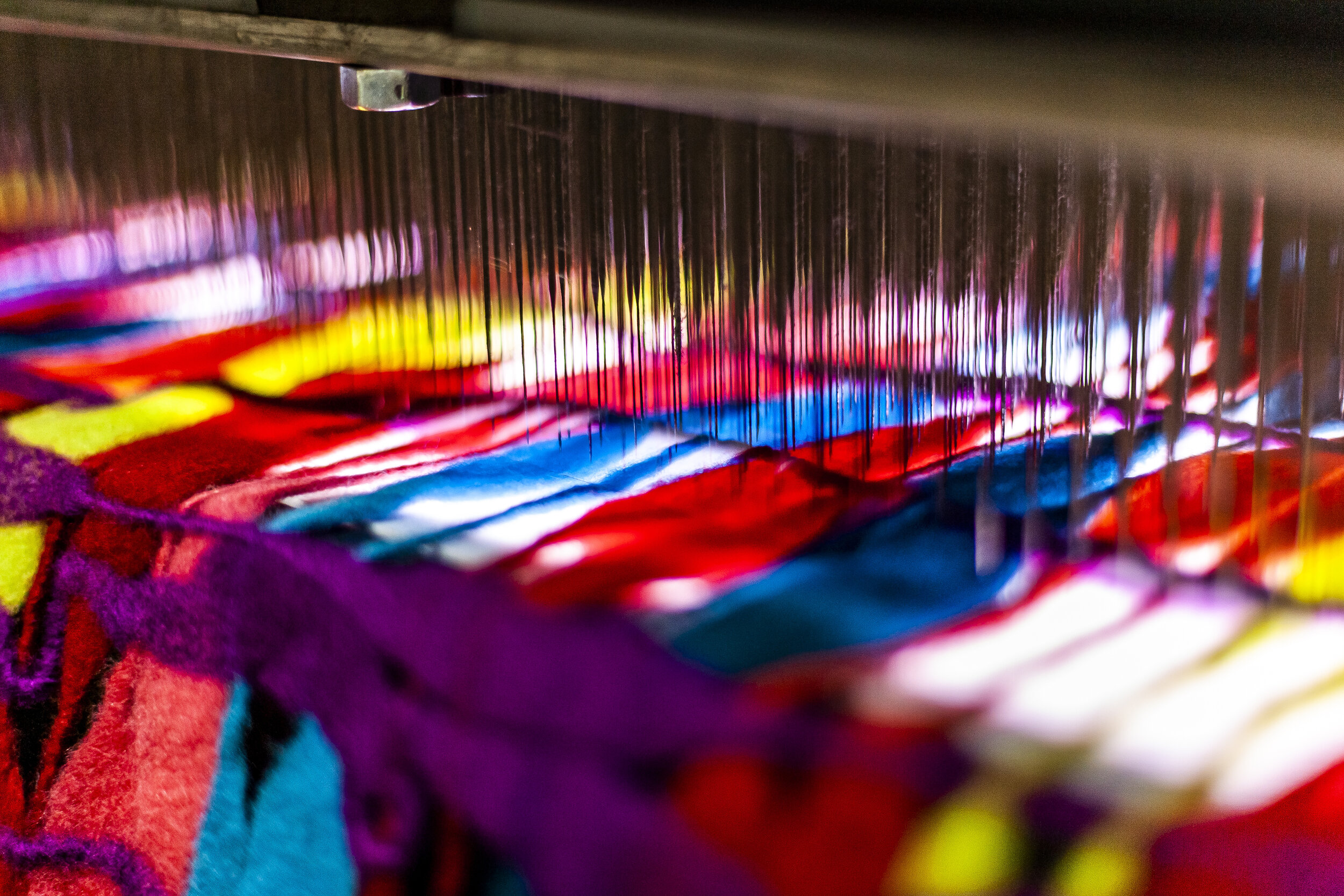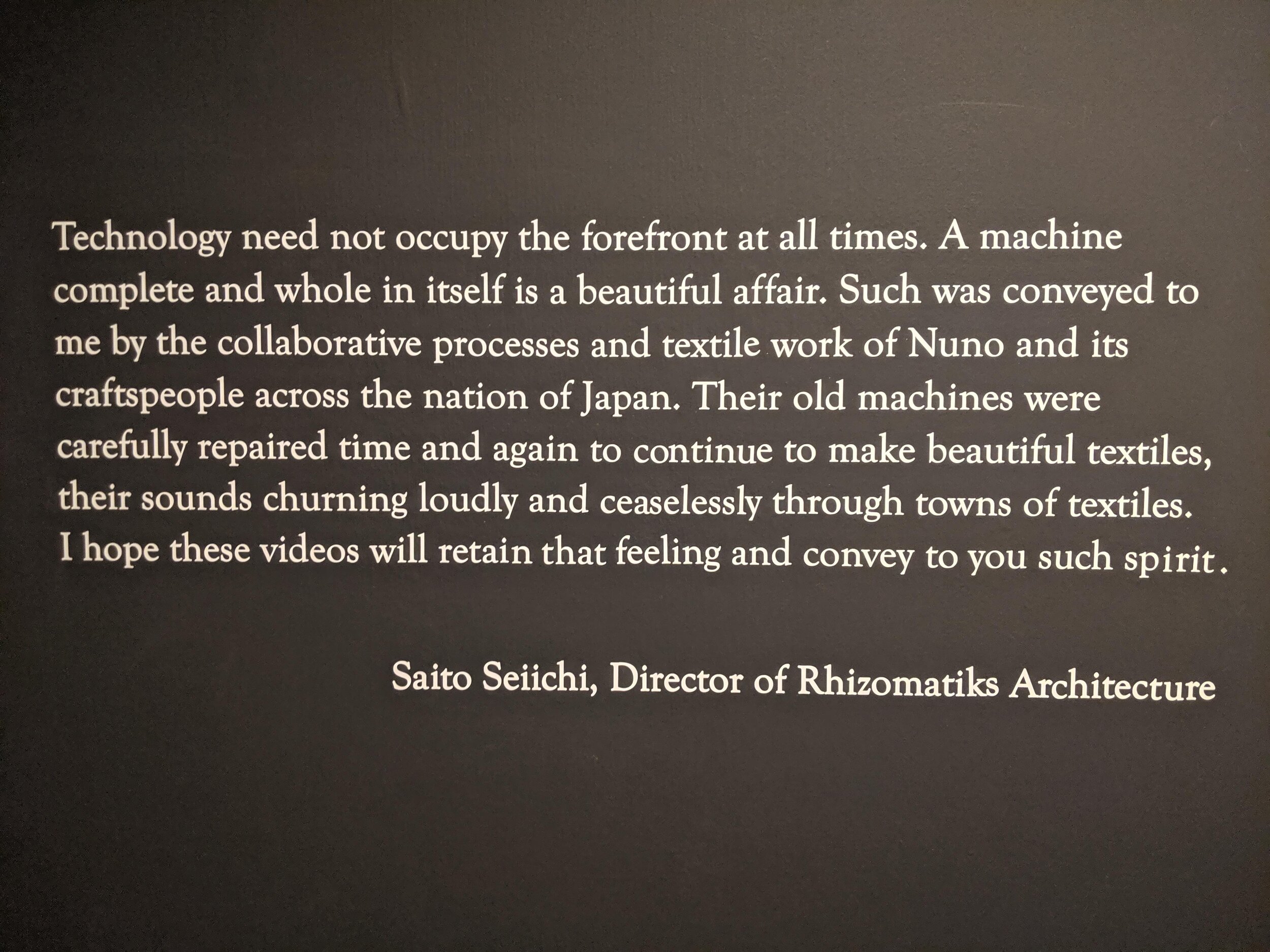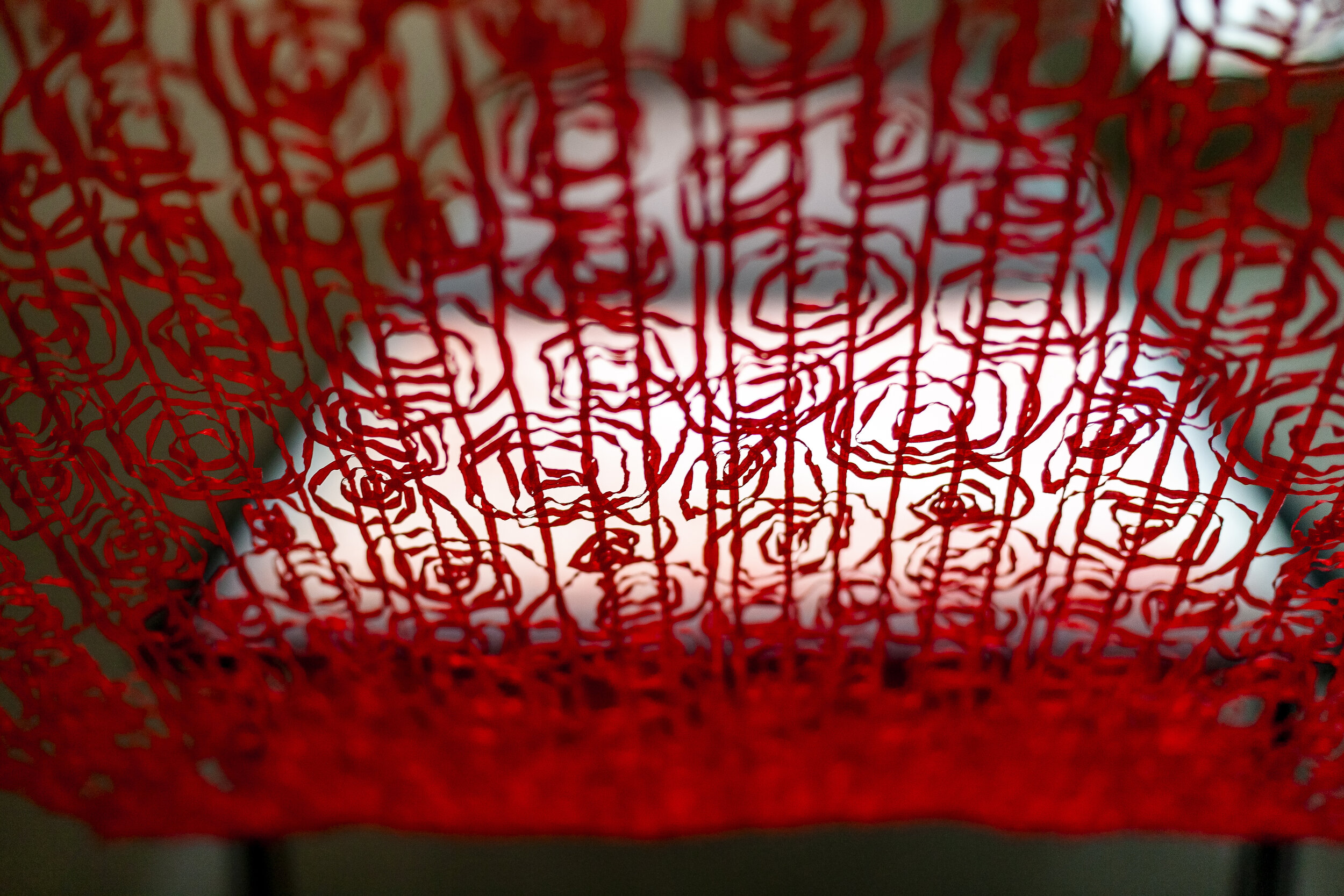Sudo Reiko: Making NUNO Textiles at CHAT
The solo exhibition of textile designer Sudo Reiko that is currently on show at CHAT (Centre for Heritage, Arts and Textile) tells so much of her passion for materials, the crafts and her collaborators. It is a rare textile exhibition which personifies industrialized making through an immersive curatorial approach. As an independent institution and a former textile spinning mill in Hong Kong, CHAT becomes a perfect stage for such experience, honouring the city’s textile heritage and inspiring dialogue or innovations.
Sudo is the Design Director of textile design firm Nuno in Tokyo. Over the past 3 decades, she is known for producing countless innovative textiles that integrate traditional Japanese textile-making procedures with new materials and techniques. Beyond using common textile materials such as cotton, silk, wool and polyester, Sudo experiments with unconventional materials such as metal and washi (traditional Japanese paper), and employs alternative applications of textile techniques including heating and needle punching. Through her practices, Sudo has also helped to revive old Japanese textile equipment and craftsmanship which were on the verge of disappearing. To address the problem of textile waste, she often creates with recycling and upcycling materials. Her beautifully elaborate textiles are experimental yet highly practical and have been used in a wide range of applications, from furnishings for public areas, hotels and shops to clothing and accessories.
The exhibition Sudo Reiko: Making NUNO Textiles is the evidence of Sudo’s respect for materials and craftsmanship. Curated by CHAT’s co-director Takahashi Mizuki with a storytelling approach, it allows the audience to encounter the textile creations with multiple interpretations through themes of movements, tactility, process and craft histories.
At the entrance, the Koi Currents, an installation designed by Adrien Gardere, showcased nearly 100 colourful koinobori (carp streamers) swimmingly ascending towards the sunlight at the Mills’ galleries. It is a demonstration of the blissful attitude Sudo has for cloths, in the form of many colours.
The highlight is the galleries displaying the spectacular exhibition design work under the artistic direction of Saito Seiichi, director of Rhizomatiks Architecture, which restaged the making process of selected NUNO textiles in stations of mini factory setups. Combining audiovisual simulacrum of machines, craftspeople’s physical movements and production of the textiles, it turned industrialized textile making into immersive installations offering the presences of place and the temporalities of materials. “One of the key elements I wanted to show was the loud noise in factories, and the rhythm found in the work of the craftsmen. I also wanted to make the making tangible,” said Saito. The documentaries of factories across Japan also screening at the exhibition are results of the thoughtful appreciation of Saito paid to the highly skilled and heavy-labour productions. The display text of each station was the background story of each textile design as narrated by Sudo. They express the inspirations and journeys embedded in each development of the textile pieces. It would be even better to include the perspectives of these craftspeople who hold the knowledge of their inherited crafts and their experience of being involved in the collaborative productions and innovative designs.
The exhibition insists on the making as much as the made. It illustrates the rich life of the materials from ideation and incorporating tradition skills to the new creations as NUNO designed products.

